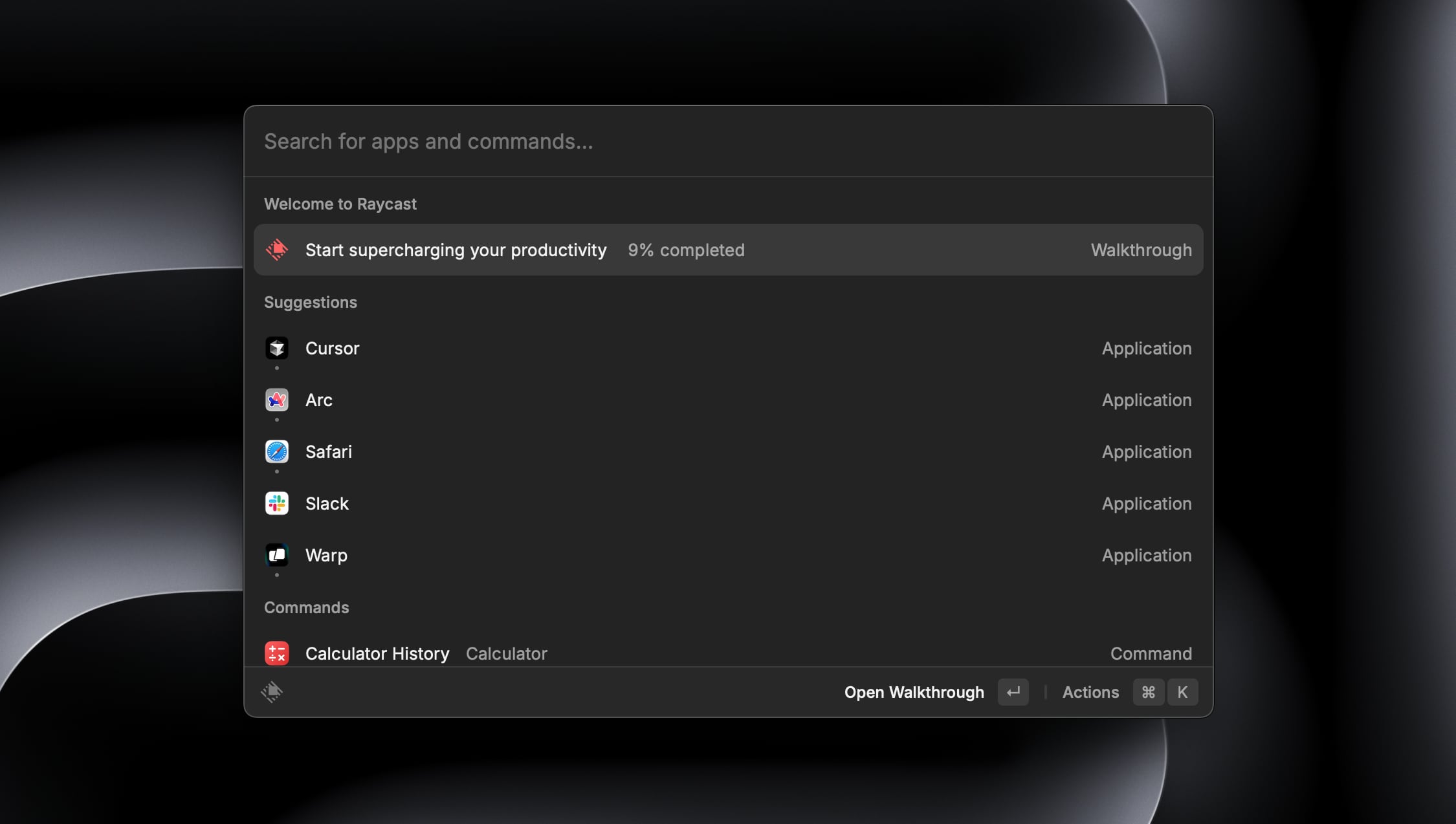On trying new tools and the current wave of new software
Writing this on a late Saturday night...
I've been trying out some new tools lately. Here are some of them:
I love computers. I’ve tested all kinds of software and as many computers as I could get my hands on, but over the last few years, much of that excitement has faded.
I’ll focus on computers in a different post, but for now, I’m using a mix of Apple hardware across desktops, laptops, and mobile devices.
One of these devices is an M1 MacBook Air, which I picked up during a sale on Amazon. With 8GB of RAM, it pushed me to experiment with new software that would maximize the resources available on this machine.

Small but mighty Macbook Air M1.
I started using Sublime Text in 2011, back when my computer had just 2GB of RAM. It was the only code editor with syntax highlighting that wouldn’t freeze, keeping up with my typing speed. While it’s still a great editor, I now need features Sublime Text doesn’t offer—and I’m not as constrained by RAM as I was back then.
I prefer fast, responsive computers, which is why I stick with wired mice and keyboards. I can’t stand the lag when a computer fails to respond instantly to my inputs. Since I rely heavily on keyboard shortcuts and macros, I avoid anything that might introduce even the slightest delay.
Lagging peripherals may not be everyone’s experience; there's a lot of Wi-Fi and Bluetooth devices in my home so that could be adding interference to keyboards and mice. If I can help it, I’ll still shave off a few milliseconds here and there.
- iTerm 2
- ZSH
- Google Chrome
- Sublime Text
Since 2016, my software stack has remained almost unchanged:
The only major change came in late 2019 with the addition of VSCode. When I joined Hum, I began using TypeScript, which was also central to our codebase. Thanks to Chris's high standards, Hum set a benchmark for quality code, with close to 100% type coverage and over 90% test coverage.
I’ve used VSCode as my primary code editor since then. While I still feel that Sublime Text is an order of magnitude faster, if not more, its JavaScript and TypeScript support hasn’t quite kept pace. Copilot didn't land natively on Sublime Text.

Apple Silicon MacBooks are fast, and are replacing my older Intel-based computers.
A couple of months ago my friend José mentioned he started using Cursor as his code editor and found it to be a significant improvement over VSCode. I decided to give it a try, and it’s indeed better than VSCode + Copilot, so it’s now part of my stack.
I'm not really sure which types of apps are being built by the guys on Twitter/X who say they can replace an entire software engineer with Cursor, however, I will say it makes me about 10–20% faster when building, which I’ll gladly take—that’s close to an extra week’s worth of work each month.
In an effort to explore new software —and with the recent addition of a MacBook Air (Only 8GB of RAM) to my setup— I decided to try out Warp, Arc, Espanso, and Raycast.
Warp feels promising in concept, but its execution isn’t quite there yet. The fancy autocomplete features are nice, but they often get in the way. I could revisit it in the future, but for now, I’m sticking with iTerm, which does everything I need without the added friction.
Arc Browser has potential too. It feels faster than Chrome, and the ability to sync tabs across devices is especially useful for someone like me who uses multiple computers. However, I ran into some limitations: creating spaces requires a name which makes it slow. The algorithm for ordering tabs doesn’t seem to be based primarily on time or navigation, so it often feels arbitrary, with no option to disable it and that's my deal-breaker. I’d prefer Arc to behave more like Chrome in this regard if I were to stay.
I’ve enjoyed using Arc’s interface—its design is miles ahead of Chrome’s. But as I try to work more efficiently, the tab-ordering algorithm is starting to slow me down. Based on some forums, it sounds like they’re intentionally opinionated about window management and tab ordering, and I might not be their target user.
Espanso is staying. I’ve used TextExpander for many years, and while it hasn’t changed much, it didn’t really need to—it did what I needed 99.9% of the time. But I tried Espanso on one of my computers, and it feels faster than TextExpander. As a software engineer, I appreciate having a file-based solution that I can manually back up to GitHub or Dropbox.

My main use for Spotlight was launching applications and Raycast seems to be doing a better job at it.
Raycast is also staying. Like Arc, it’s well-designed, but my main reason for switching is that I rely heavily on launching applications from my keyboard. Apple’s Spotlight has become overly cluttered—it wants to show photos from my phone, search the Internet, search my computer, and even control smart home devices all at once. It’s unreliable at most of these and has slowed down enough that Raycast was a clear upgrade for my workflow.
Raycast does offer a snippet feature, and I considered using it instead of TextExpander/Espanso. However, managing snippets in Raycast is too complex for my needs.
Lastly, Raycast includes a window-tiling solution that has allowed me to replace Spectacle. Spectacle served me well for years, so it’s a bittersweet goodbye. But with the RAM constraints on my tiny 8GB Macbook Air I’m intentionally trying to run fewer applications overall.
This experiment of trying new tools has been interesting—it’s allowed me to explore better solutions for my needs, and I’m glad to see so many innovative ideas in software today.
I’ll be writing soon about the computers I’m currently using. There have been a lot of changes over the past five years, and the introduction of Apple’s M-series chips has significantly influenced my thoughts and feelings about computers.
Published by Julio Montaño on Nov 11, 2024